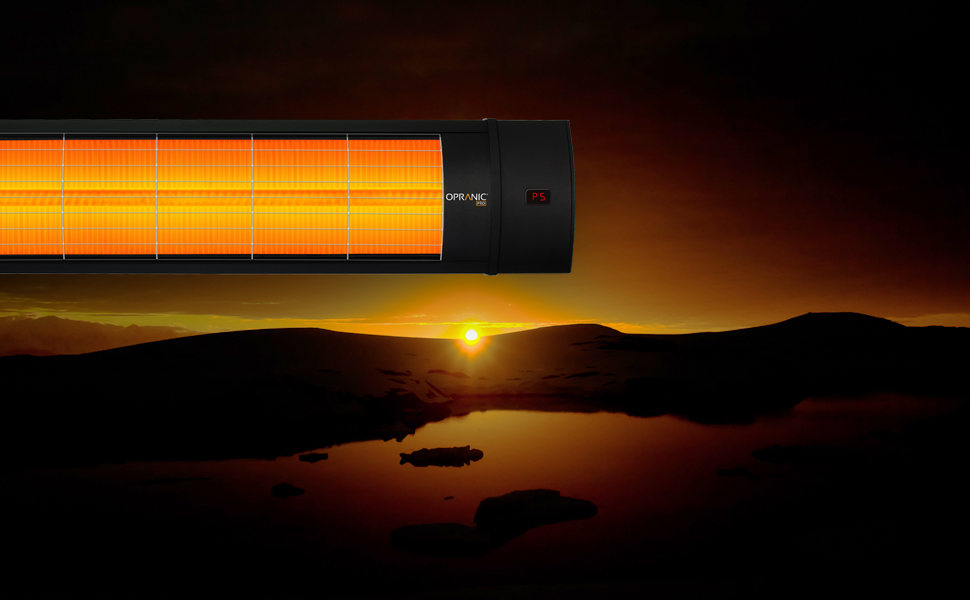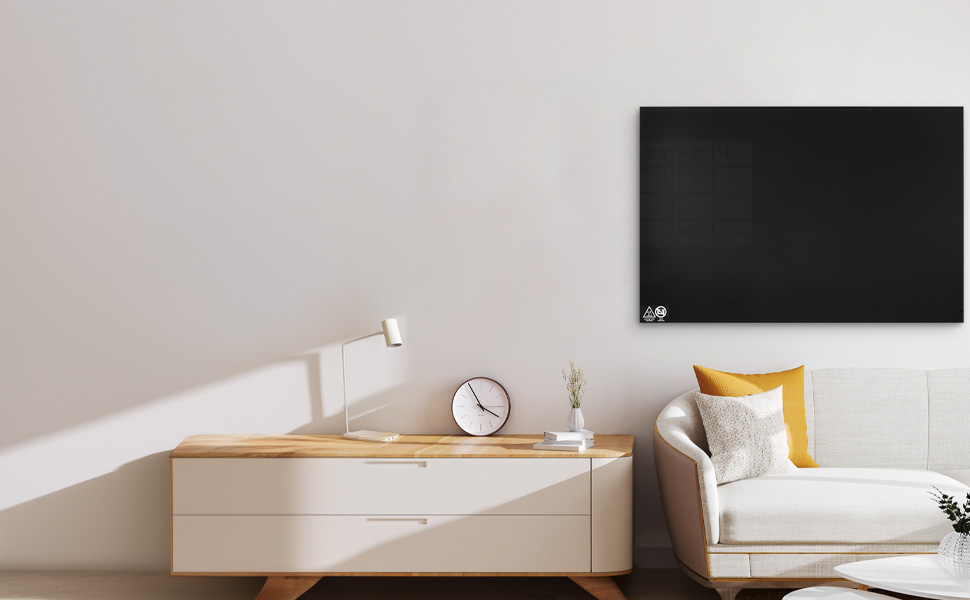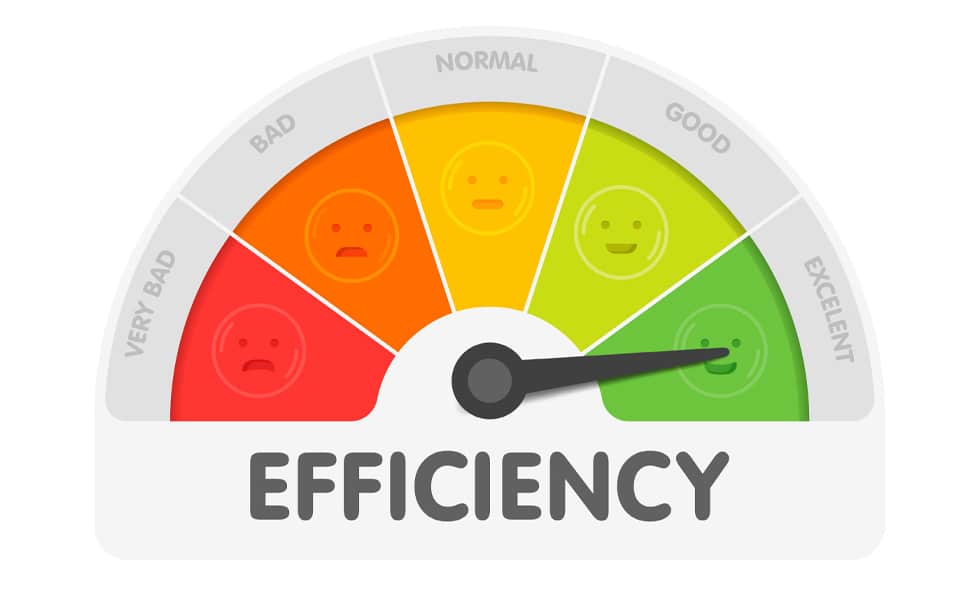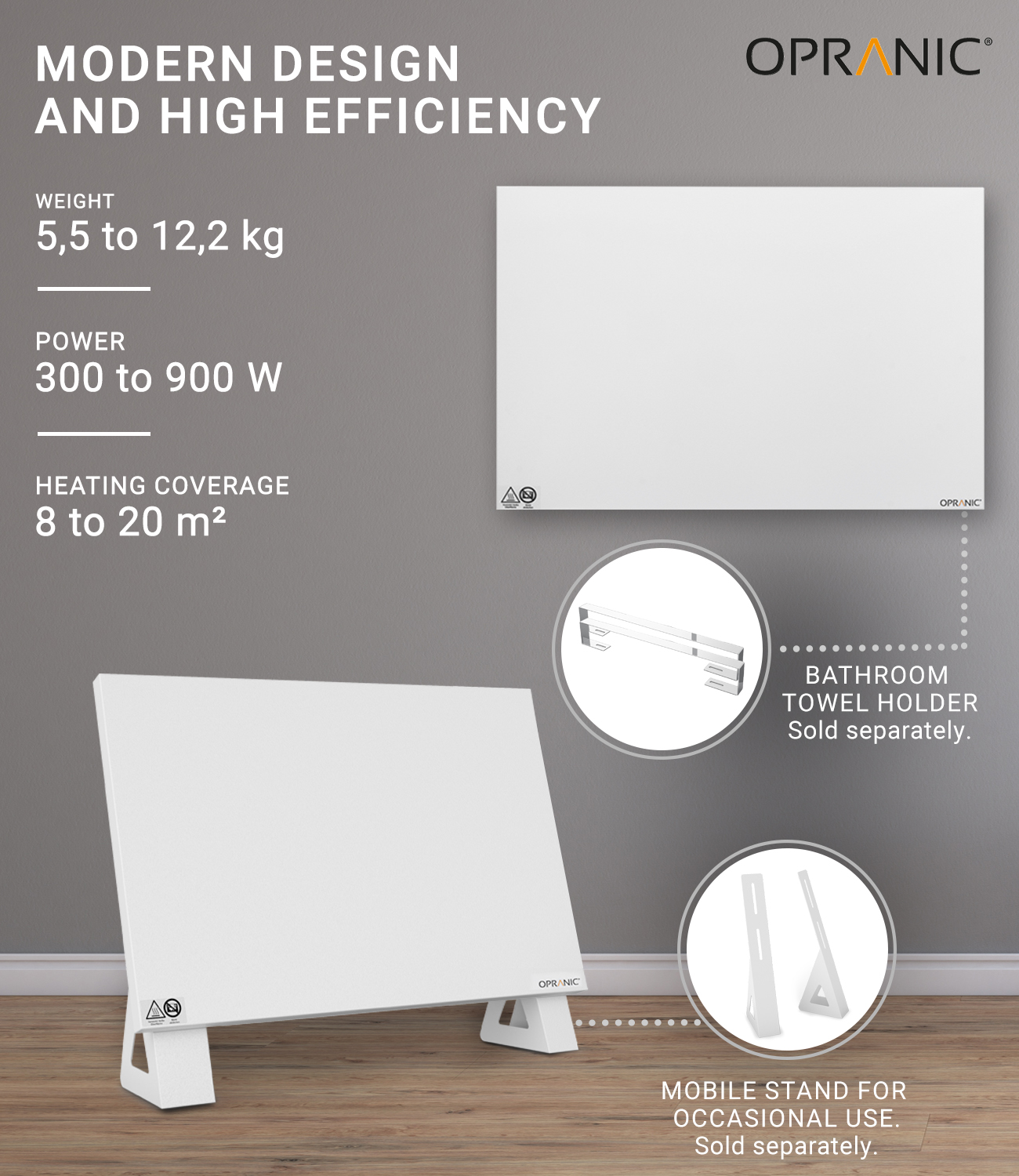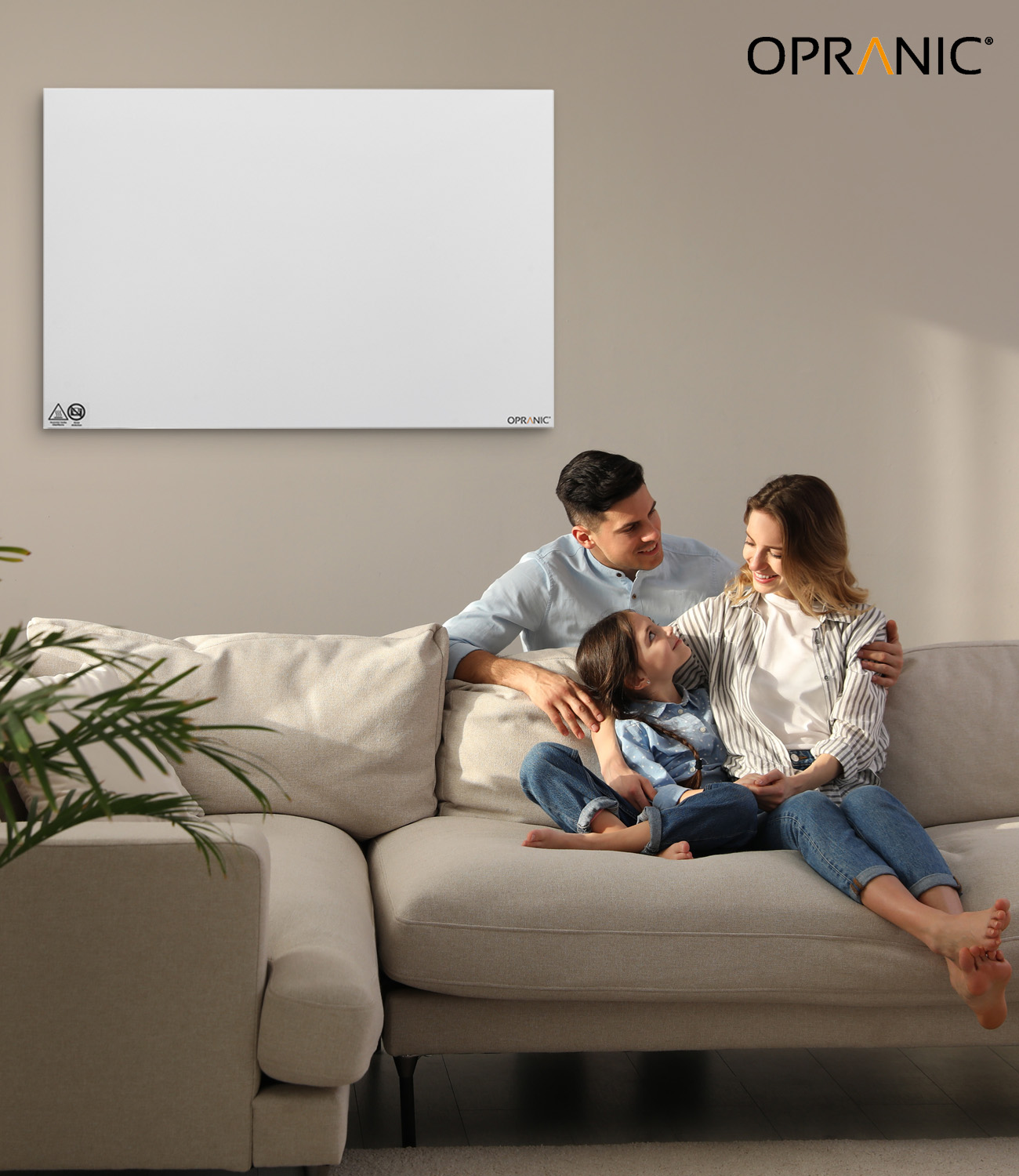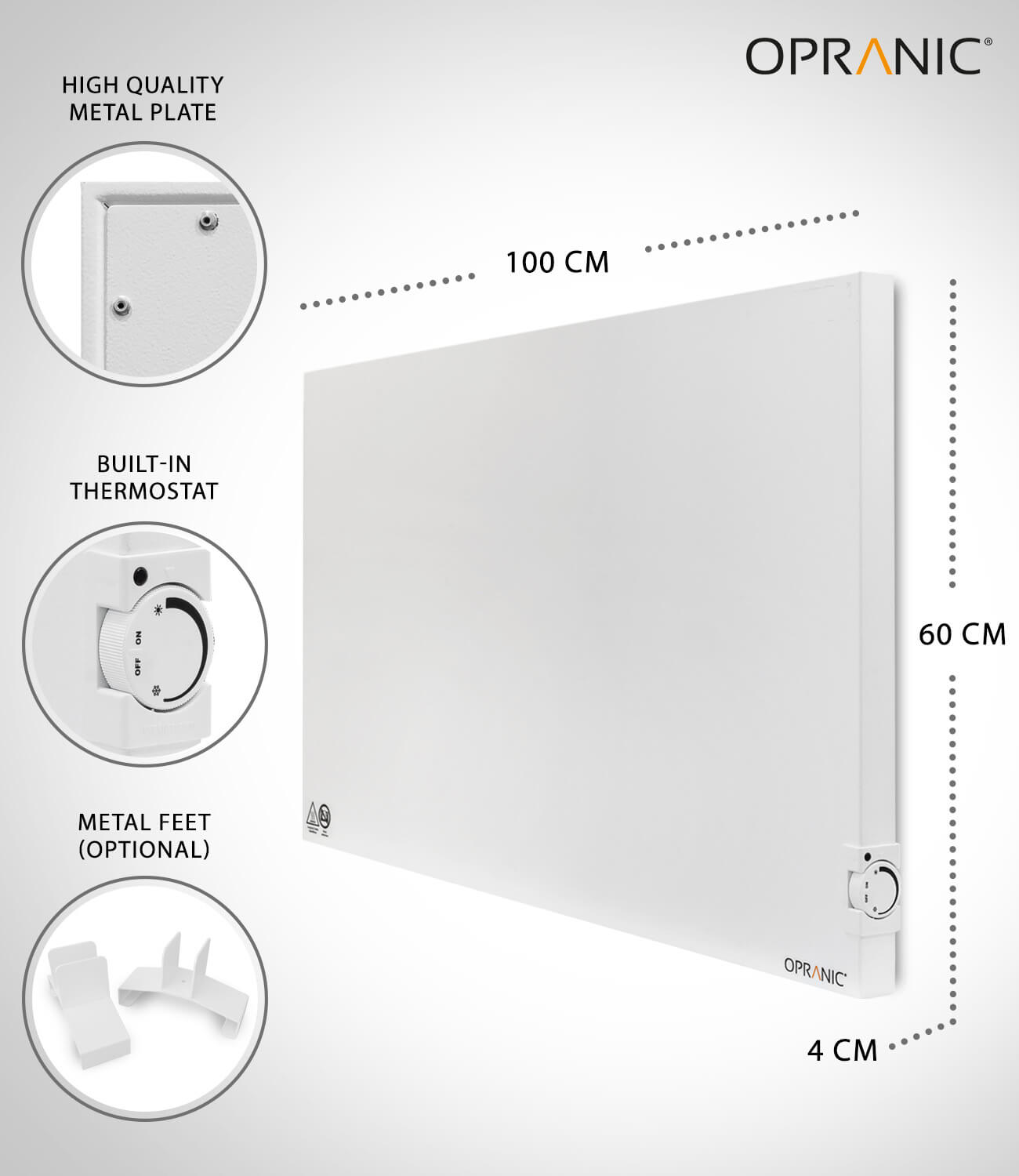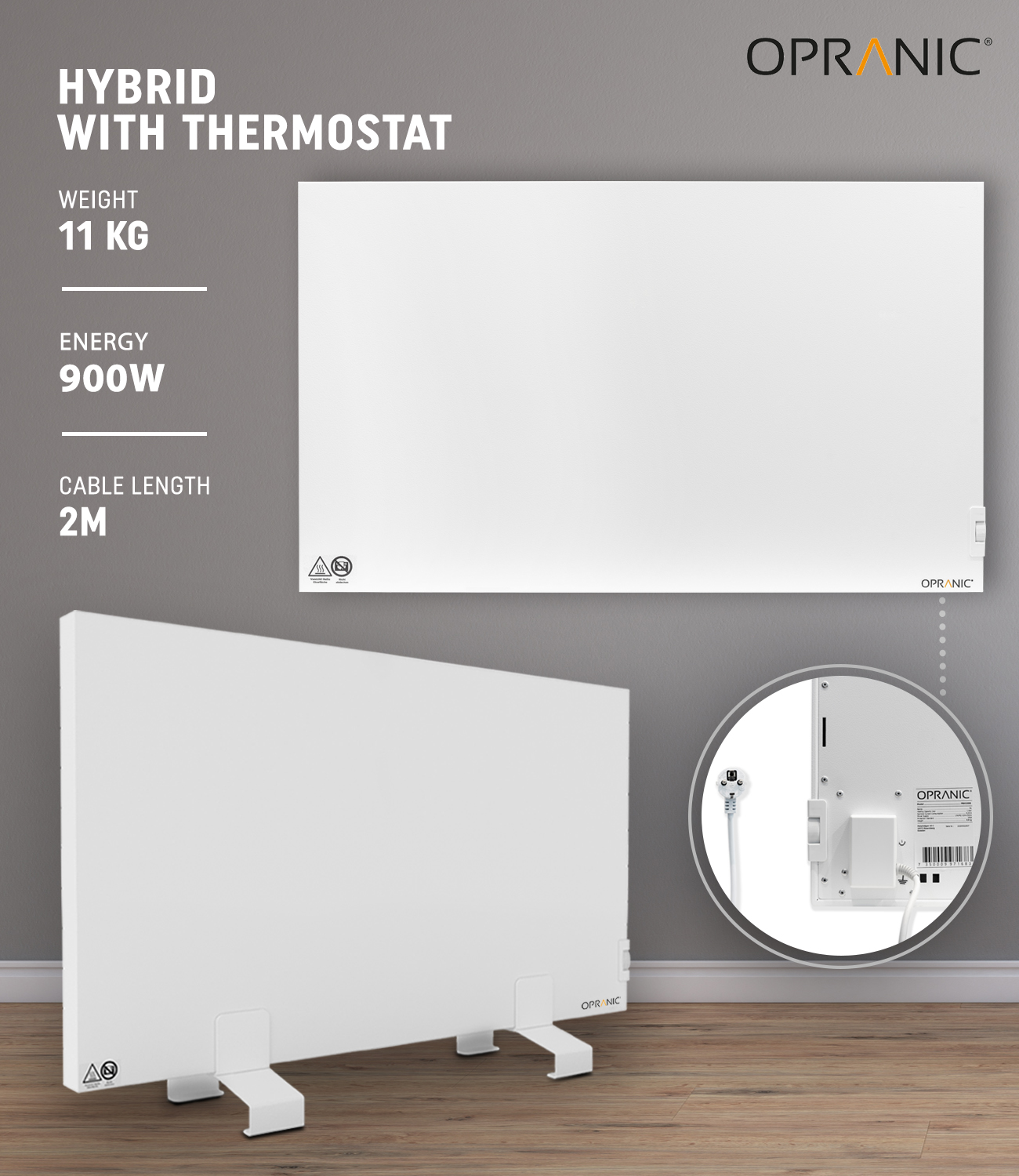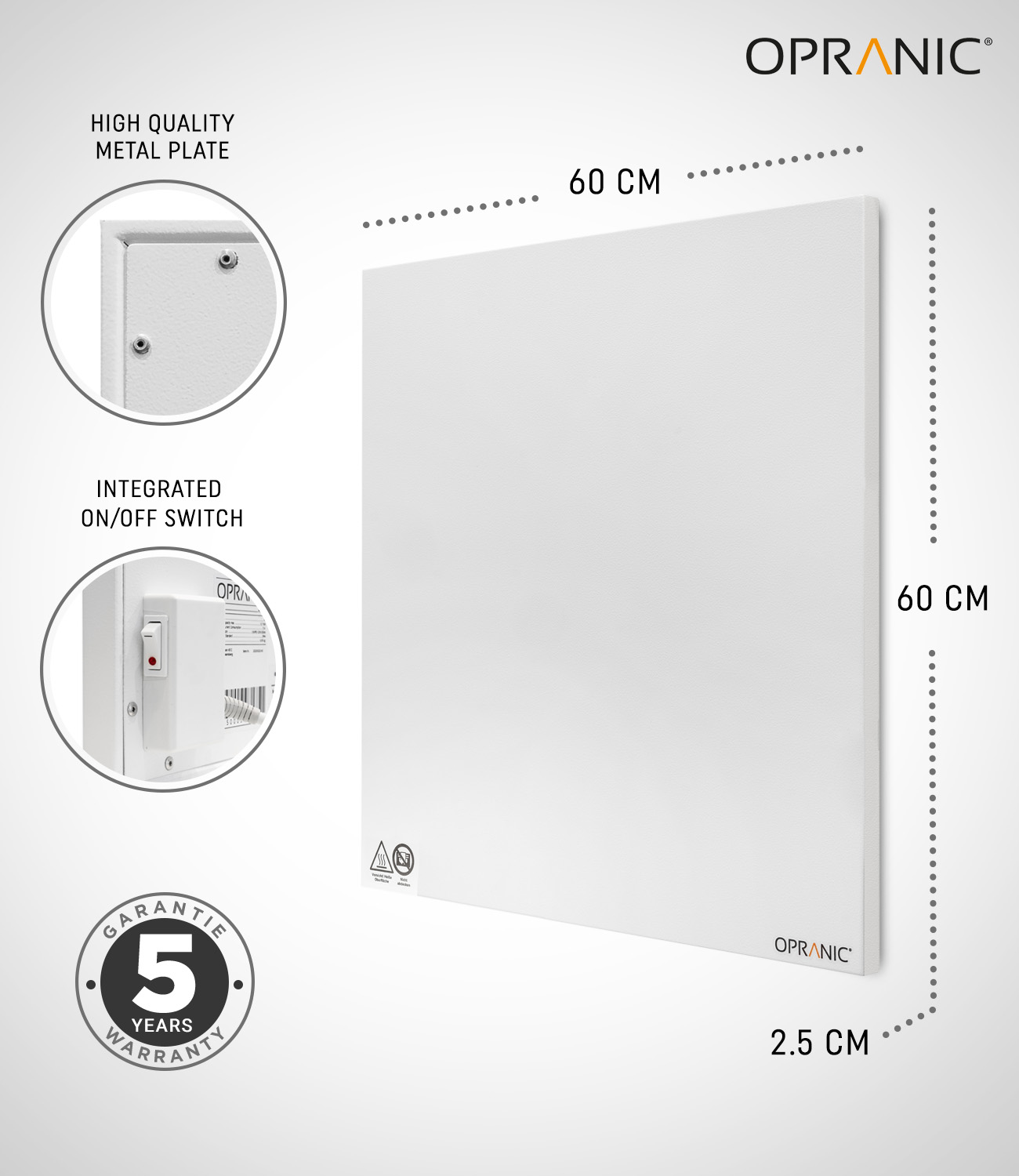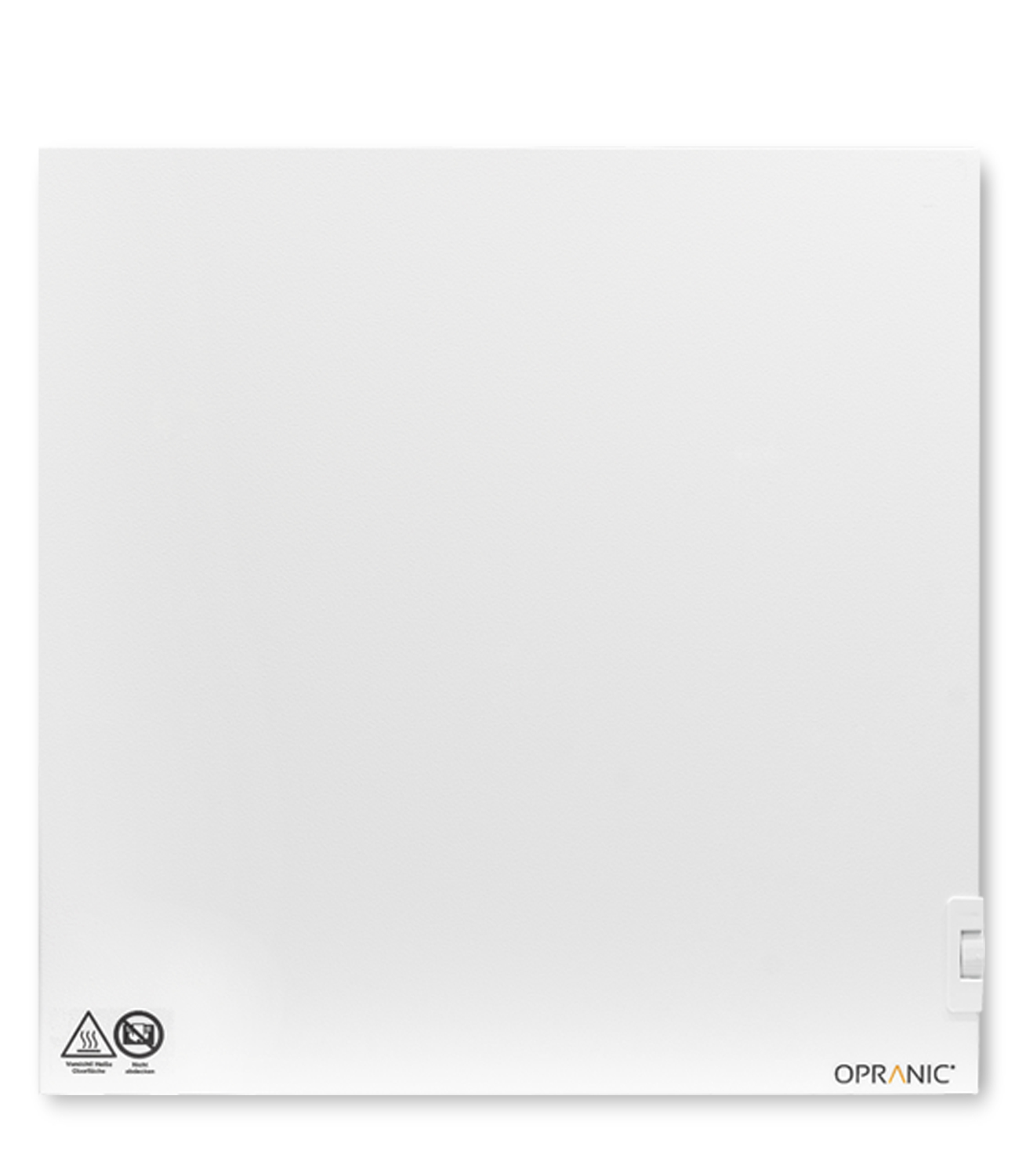Welcome to our ultimate guide on infrared heaters!
Infrared heating ultimate guide: So in this guide, we’ll shed light on everything about infrared heaters.
From how they work, the difference to normal heaters, to the many benefits of infrared heating – you’ll find answers to your questions here.
We also talk about important points such as installation, operation, costs and maintenance and compare infrared heaters with other heating methods.
You will also receive valuable tips for purchasing and learn more about subsidies and grants.
Do you have any specific questions? Our FAQ section will help you. So immerse yourself in the world of infrared heating and discover how this new heating technology can transform your home!
Introduction to infrared heaters
Today, infrared heaters are becoming increasingly popular. But what makes this type of heating so special? Infrared heaters use infrared rays to generate heat that is emitted directly to people and objects in the room instead of heating the air.
This results in a pleasant and even heat that many people find particularly cozy.
An important reason for the increasing popularity of infrared heaters is therefore their energy efficiency.
They consume less electricity than normal heaters and can therefore help to reduce energy costs.
They are also good for allergy sufferers and do not dry out the air, which leads to a healthier indoor climate.
The installation of infrared heaters is simple and flexible, and their sleek and attractive design means they blend easily into any living space.
The possibility of taking advantage of government subsidies and grants makes the purchase of an infrared heater even more attractive.
So find out in this guide why infrared heating can be a good choice for your home and how you can benefit from the many advantages of this new heating technology!
What is infrared heating?
An infrared heater is a heating system that uses infrared rays to generate heat. Unlike normal heaters, which heat the air, infrared heaters radiate heat directly onto things and people.
This results in an even and pleasant warmth in the room. They are known for their energy efficiency, ease of installation and health benefits. Infrared heaters are a new solution for a cozy and environmentally friendly home.
Difference between infrared heating and normal heaters
The main difference lies in the method of heat generation. While normal heaters heat the air in the room, infrared heaters radiate heat directly onto objects and people.
This leads to better heat transfer and therefore a more pleasant room climate.
In addition, infrared heaters are more energy-efficient, save space and also offer health benefits.
Advantages of infrared heating
Infrared heating ultimate guide: Infrared heaters offer many advantages.
They are energy-efficient, reduce heating costs and create a pleasant room climate.
An even temperature is achieved through direct radiant heat.
They are also space-saving, attractive and good for allergy sufferers.
The simple installation and maintenance as well as the possibility of using subsidies make them a good heating option.
Energy efficiency and electricity savings with infrared heaters
Infrared heaters are characterized by high energy efficiency. They make optimum use of electricity to generate heat, reducing energy losses and thus heating costs.
This also makes them an environmentally friendly and economical alternative to normal heating systems.
Health benefits of infrared heaters: Good for allergy sufferers, does not dry out the air
Infrared heaters offer great health benefits.
They are good for allergy sufferers and do not affect the humidity, resulting in a more pleasant indoor climate.
These properties therefore make them particularly beneficial for people with respiratory diseases and allergies by creating a comfortable and healthy living environment.
Space-saving and aesthetically pleasing: infrared heaters at a glance
Infrared heating ultimate guide: Infrared heaters impress with their sleek design and space-saving features.
They can be seamlessly integrated into any living space and also blend harmoniously into the interior design.
This makes them not only an efficient heating solution, but also a beautiful addition to your home.
Types infrared heaters
Metal housing infrared heaters
Metal housing infrared heaters are known for their robustness and durability. Housings made of high-quality steel offer high performance and efficiency.
They can store heat well and release it evenly, resulting in a comfortable and consistent room temperature.
Compared to aluminum, metal housings are thicker and more stable, which makes them more resistant to damage….
Aluminum housing infrared heaters
Aluminum housing infrared heaters are lightweight, inexpensive and easy to install.
They are often thinner and less robust than metal casings, resulting in a shorter lifespan.
Although they look modern, they can be easily damaged, which can affect appearance and performance.
However, they are worth considering for those looking for an affordable solution but are willing to compromise on durability.
Glass housing infrared heaters
For those who appreciate elegance, infrared heaters with housings made of safety glass are a good option.
These heaters are not only powerful, but also become a beautiful object in the room.
The safety glass ensures safety and gives the room a modern and stylish touch. Glass housing infrared heaters are therefore a good combination of function and design.
Infrared heating ultimate guide: Installation and operation of infrared heaters
Installation tips and requirements
Correct installation is crucial for the best performance of infrared heating.
Ideally, the heater should be placed against an interior wall to distribute the heat evenly throughout the room.
Avoid close proximity to large pieces of furniture that could block the radiation and ensure that the heater is not obscured by curtains or other items.
When installing infrared heating as wall or ceiling heating, correct placement is crucial.
Several small heaters can be more effective than one large one in sending the infrared rays to every corner of the room. The height of the mounting also affects the efficiency of heating. If the position is too low, the heat may not circulate sufficiently in the room, while too high a position may cause heat loss. A distance of about 20 cm from the ground is usually recommended.
It is often better to use several small devices instead of one large one.
This allows for better coverage and ensures that the infrared waves reach every corner of the room, resulting in a more even and comfortable heat.
Cost factors and power consumption of infrared heaters
Infrared heating ultimate guide: The running costs of an infrared heater depend on various factors, including the current price of electricity, the size of the room and how long the heater will be used. There are several strategies to optimize energy consumption and thus reduce operating costs:
Proper placement: avoid placing the infrared heater directly opposite windows, as glass is not the best material for reflecting infrared rays. Placement where the rays can shine directly into the room is optimal.
Room insulation: good insulation of the room prevents heat loss and allows the infrared heater to work more efficiently. Check windows, doors and walls for drafts and insulation.
Using a thermostat: Using a thermostat to control the room temperature can reduce energy consumption.
Set it to a comfortable temperature and avoid constantly switching the heating on and off.
Maintenance and care of infrared heaters
To maintain the service life and performance of your infrared heater, regular maintenance and care are important.
This includes regular cleaning of the appliance, checking the electrical parts and ensuring that the heater is free of dust and dirt.
A well-maintained infrared heater therefore works better and more safely.
Infrared heating vs. other heating methods
Comparison with gas heating systems, oil heating systems, etc.
Compared to gas and oil heaters, infrared heaters are characterized by their better energy efficiency and even heat distribution.
While normal radiators often produce uneven heat and can cause energy loss, infrared heaters make better use of energy and reduce consumption.
They are therefore a good choice for anyone looking for efficient and reliable electric heating and offer a variety of options, from heating panels to infrared radiators.
CO2 balance and environmental compatibility of infrared heaters
Infrared heaters are a good example of environmentally friendly heating solutions, as they do not burn any substances during operation and therefore do not release any CO2.
Unlike normal heating systems, which burn fossil fuels and therefore produce emissions, infrared heaters work with electricity and therefore emit clean, safe heat.
The good CO2 balance of infrared heaters helps to reduce the ecological footprint.
Not only do they save energy, they also make better use of energy by transferring heat directly to people and things in the room instead of heating the air. This results in less energy loss and higher efficiency.
For environmentally conscious consumers looking for sustainable and efficient heating options, infrared heaters are a good choice.
Models with energy-saving functions and thermostat heating in particular can further optimize energy consumption and thus contribute to an even more environmentally friendly heating solution.
Subsidies and grants for infrared heaters
Overview of government support and subsidies
In Germany, infrared heaters are eligible for funding under the Renewable Energy Sources Act (EEG) program. This means that homeowners who decide to install infrared heating can receive financial assistance in the form of grants or low-interest loans.
There are similar subsidy programs in Austria, especially in federal states such as Upper Austria and Styria, which support the installation of infrared heating systems. The exact amounts and conditions may vary depending on the region.
At European level, the EU is promoting the transition to renewable energy, and although infrared heating is not directly supported by EU programs, countries can receive additional funding for such projects.
How to apply for subsidies for infrared heaters
Infrared heating ultimate guide: It is important to find out about the subsidies available in your country and region before buying an infrared heater. The application can be made for both the purchase and installation of infrared heaters. As a rule, the responsible energy agencies or environmental ministries are the first points of contact for information on funding programs.
Tips for buying infrared heaters
How to determine the right size and output of infrared heaters
Room size and heat demand: Start by determining the room size and heat demand. Larger rooms need infrared heaters with a higher output, while smaller rooms can manage with a lower output. Our product range offers different wattages to meet your individual needs.
Efficiency and energy savings: OPRANIC infrared heaters offer high energy efficiency as they emit heat directly through infrared waves instead of heating the air.
This means that less energy is lost and you can save on energy costs in the long term.
Cost-benefit analysis and investment considerations for infrared heaters
Infrared heaters are a modern and efficient solution for heating rooms. They use infrared rays to emit heat directly to people and objects instead of heating the air.
This not only leads to faster and more targeted heat emission, but also to potential energy savings.
Choosing the right size and output for your infrared heater is important for efficiency. Consider room size, insulation and heating type (e.g. wall panels, fan heaters or lamps). Calculate the required power in watts per square meter (W/m²) based on the insulation. Hybrid models and programmable thermostats can increase efficiency.
Frequently asked questions (FAQ) about infrared heaters
Can I install my infrared heating myself?
Yes, the installation of infrared heating is usually simple and does not require special skills. You can install wall panels, fan heaters, ceiling heaters and other infrared heaters as stand-alone heating solutions. Make sure that you follow the manufacturer’s instructions exactly and, if necessary, consult a specialist to connect the electrical wiring correctly.
Does infrared heating work in the bathroom?
Yes, infrared heaters can be used in the bathroom. They are an efficient way to provide targeted heat in humid environments. However, make sure that the selected infrared heater is suitable for wet rooms and complies with local safety regulations. Installation should be performed by a professional to ensure safety.
Infrared heaters offer a versatile and efficient heating solution for various applications, including bathrooms.
How long does an infrared heater last?
The life of your infrared heater depends on the quality of the device and its use. High-quality models can last for many years, often over 20 years. Regular maintenance and care help to extend the service life. It is advisable to look for models with a warranty to protect your investment.

